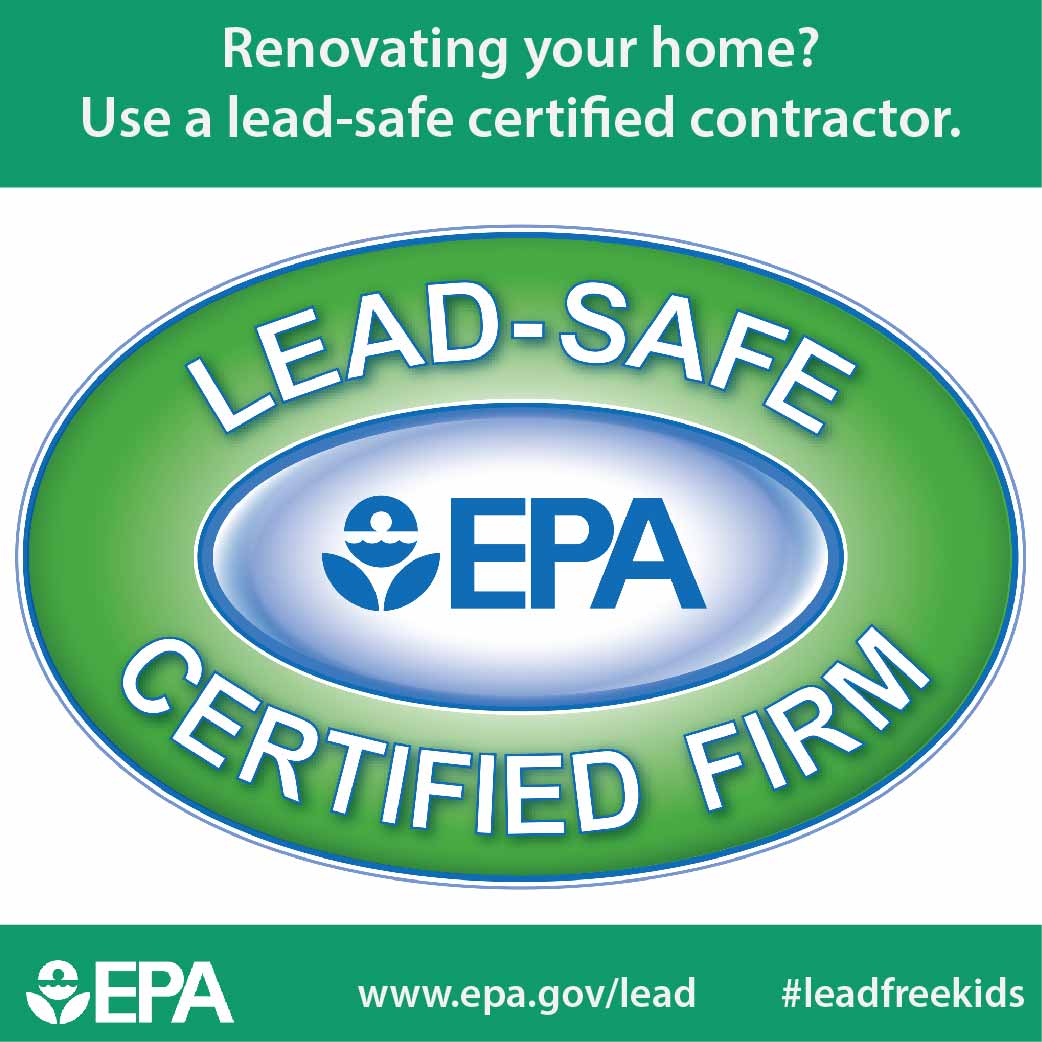Factors To Think About For Industrial Exterior Painting By Period: Important Details You Should Have
Factors To Think About For Industrial Exterior Painting By Period: Important Details You Should Have
Blog Article
exterior painter minnetonka Created By-Regan Bagger
When you're planning a commercial external painting project, seasonal variables can make or break your results. You'll wish to consider how temperature level and moisture impact paint application and drying times. Picking the appropriate period can ensure your paint sticks appropriately and lasts longer. Yet which seasons are really the most effective for this type of work? Let's check out the crucial elements that can impact your job's success.
The Impact of Temperature Level on Paint Application
When you're planning an industrial outside paint job, the temperature can substantially affect how well the paint adheres and dries out.
Preferably, you wish to paint when temperature levels vary between 50 ° F and 85 ° F. If it's as well cold, the paint may not treat appropriately, leading to issues like peeling or cracking.
On the other side, if it's as well hot, the paint can dry too rapidly, avoiding correct attachment and causing an irregular coating.
You ought to likewise think about the moment of day; early morning or late afternoon uses cooler temperature levels, which can be much more desirable.
Always examine commercial refinishing services for the particular paint you're using, as they typically provide guidance on the suitable temperature range for ideal outcomes.
Humidity and Its Effect on Drying Times
Temperature isn't the only ecological element that influences your industrial external painting task; humidity plays a significant function too. High humidity degrees can slow down drying times drastically, influencing the general high quality of your paint work.
When the air is saturated with moisture, the paint takes longer to cure, which can lead to problems like inadequate attachment and a higher threat of mold development. If you're repainting on a particularly humid day, be gotten ready for extensive delay times in between layers.
It's vital to check regional weather conditions and strategy appropriately. Ideally, go for humidity levels in between 40% and 70% for ideal drying.
Keeping these factors in mind ensures your job stays on track and delivers a long-term coating.
Best Seasons for Commercial Exterior Paint Projects
What's the most effective season for your industrial exterior paint jobs?
Spring and very early fall are normally your best choices. Throughout these seasons, temperature levels are mild, and humidity levels are typically lower, developing suitable conditions for paint application and drying.
Stay clear of summertime's intense heat, which can create paint to dry as well rapidly, leading to inadequate bond and surface. Likewise, winter season's cool temperature levels can prevent correct drying out and curing, taking the chance of the durability of your paint task.
Go for days with temperature levels between 50 ° F and 85 ° F for ideal results. Remember to inspect the regional weather forecast for rainfall, as wet conditions can wreck your project.
Planning around toronto home painting estimates ensures your paint job runs efficiently and lasts longer.
Verdict
In conclusion, intending your business outside paint tasks around seasonal factors to consider can make a considerable distinction in the end result. By scheduling work during the suitable temperatures and moisture levels, you'll make sure much better bond and drying out times. Keep in mind to watch on regional weather report and choose the right time of year-- springtime and early fall are your best options. Taking these steps will assist you achieve a durable and expert finish that lasts.
